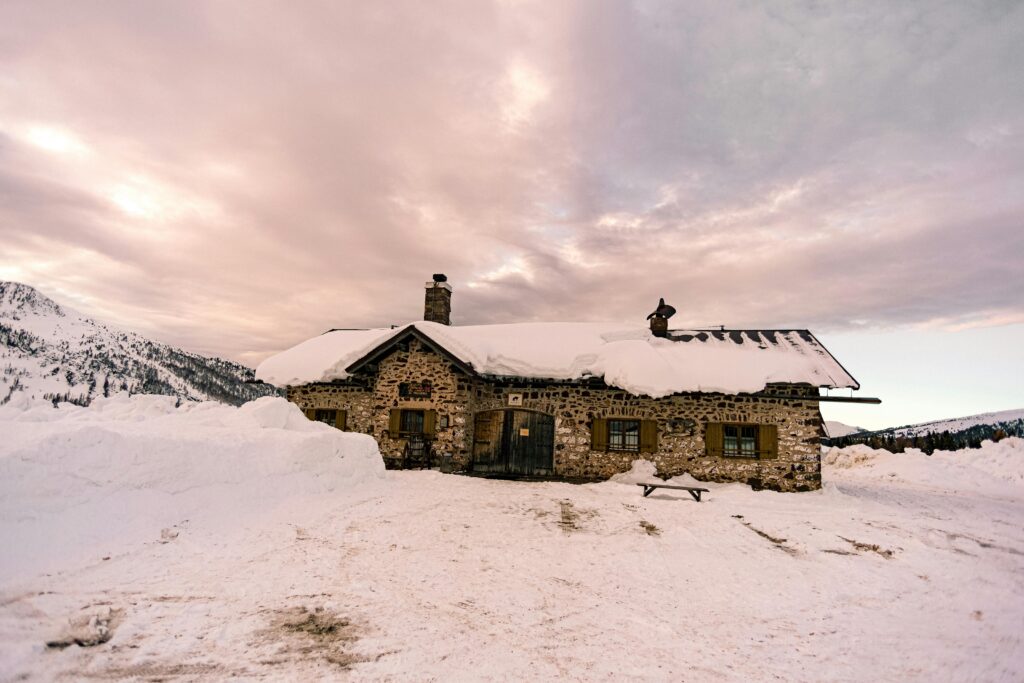“Snow is in the forecast!”
That is not unusually unique, especially in Northern New Jersey, where changing weather patterns are typical during this season. However, some near-future weather events could aggravate this into a major problem for local homeowners expect.
Tomorrow’s expected 6+ inches of snow will be followed by many cold nights that will drastically lower temperatures, therefore providing perfect conditions for snow to stay on rooftops and other surfaces. Later in the week, we expect weather cycle yet another bout of precipitation, which might cause the gathered snow to melt.
This change between snow, cold, and rain produces the ideal mix for ice damming—a phenomena whereby ice builds along roof edges, therefore impeding appropriate drainage and perhaps resulting in major damage to homes. This weather cyclephenomenon calls for awareness and readiness so that homeowners might minimize any possible issues.
What’s An Ice Dam?
An ice dam accumulates ice at a roof’s eave that can finally cause water to backup beneath the shingles. This happens when heat from the attic or the sun melts snow on the roof, letting water run down the roof. The water freezes in the colder, unheated eave it encounters as it descends, therefore building an ice barrier. This recently created “ice dam” stops more water from emptying down the roof.
As melting proceeds, more water builds behind the ice dam, where it freezes, and the cycle is repeated. The larger ice coating drives water higher on the roof. By preventing part of this water from freezing completely, the warmer attic space under the roof can let it leak into the house through roofing material gaps. Homeowners should take quick care of ice dams since this intrusion may cause possible damage to insulation, walls, and ceilings. A roofing contractor can help you fix this issue.
- Does ice damming at my house indicate that my gutters or roof are damaged? Not particularly. Ice damming often happens when daytime temperatures increase and fall again at night when the snow melts on the roof and refreezes at the eaves. Still, it can occasionally point to problems such as poor roof ventilation. Good ventilation helps stop warm air from seeping into the attic, heating the roof, and perhaps causing ice jams.
- Might ice damming damage my roof? Indeed, indeed, and definitely! Ice dams can seriously compromise your roof. Ice can drive moisture to sneak back under the shingles at the bottom edge of the roof as it forms. Then, this moisture can influence the sheathing and the roof deck, therefore causing possible leaks inside the house. Ignoring treatment could let the moisture encourage mold development and damage the wood, therefore jeopardizing the structural integrity of your roof. Further damage and costly repairs might result from the weight of the gathered ice in your gutters warping, becoming dislodged, or perhaps separating completely.
- What we advise? Using a proper snow rake, routinely clear snow from the first three feet of your roof to help to reduce the chance of ice damming. This habit lessens the possibility of ice dams developing by helping to clear the snow from the “dangerous area” surrounding the eaves. Further helping to control the temperature on your roof and reduce the possibility of ice build-up is ensuring your attic is well-insulated and ventilated. By following these preventative steps, you can avoid major damage and, later on, expensive repairs.

